1. The Cotton Gin

The cotton gin revolutionized agriculture in the American South by making it vastly easier to separate cotton fibers from seeds. Invented in 1793, it turned cotton into a profitable crop almost overnight. But while the invention is famous, the name behind it—Eli Whitney—often gets lost in the shuffle. His machine could clean 50 pounds of cotton a day, compared to just one pound by hand.
Whitney’s gin transformed the U.S. economy and accelerated the expansion of slavery, a dark legacy often overlooked. Despite its impact, Whitney’s name isn’t widely remembered outside history classes. His invention reshaped global textiles and helped launch the American Industrial Revolution. Yet today, most people couldn’t tell you who built it.
2. The Dishwasher
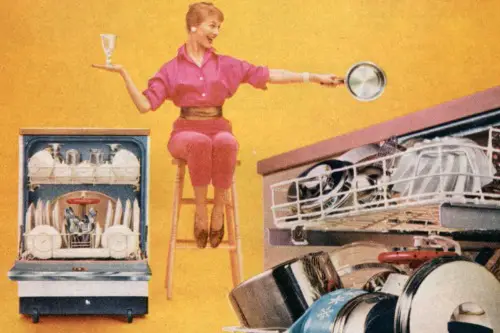
The modern dishwasher was invented in 1886 by Josephine Cochrane, a wealthy woman frustrated by servants chipping her china. She designed a machine that used water pressure instead of scrubbing to clean dishes. It was first marketed to hotels and restaurants, then eventually to households. Her invention was showcased at the 1893 World’s Fair in Chicago.
Cochrane’s name is rarely mentioned today, even though her creation revolutionized domestic life. She founded her own company, which later became part of KitchenAid. Her story is one of early female entrepreneurship and innovation. Yet she remains largely forgotten outside appliance history.
3. The Hearing Aid

The first practical electric hearing aid was developed in 1898 by Miller Reese Hutchison, an American inventor. His device, called the Akouphone, amplified sound using a carbon transmitter. It was bulky and expensive, but it laid the groundwork for modern hearing aids. Hutchison later worked with Thomas Edison on other inventions.
Today, hearing aids are sleek, digital, and life-changing—but Hutchison’s name is rarely mentioned. His work helped millions regain access to sound. Yet he’s been overshadowed by more famous inventors of the era. His contribution deserves more recognition.
4. The Traffic Light

The first electric traffic light was installed in Cleveland, Ohio, in 1914. It was invented by James Hoge, who patented a system using red and green lights and a buzzer. His design helped reduce accidents at intersections and became the model for future systems. Before that, traffic was directed by police officers or chaotic signage.
Despite its global impact, Hoge’s name is virtually unknown. Traffic lights are now a universal part of daily life. But the man who helped make roads safer is rarely credited. It’s a classic case of invention without fame.
5. The Airplane
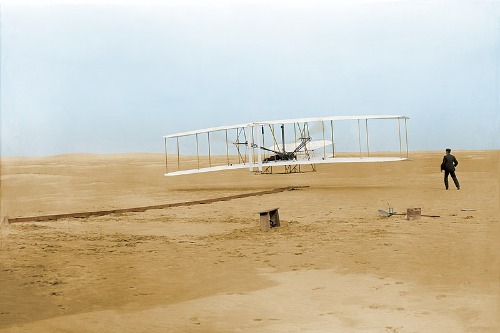
Everyone knows the airplane changed the world—but fewer remember the inventors. Orville and Wilbur Wright, two bicycle mechanics from Ohio, made the first powered flight in 1903. Their plane, the Wright Flyer, flew just 120 feet, but it was enough to make history. They pioneered three-axis control, which is still used in aircraft today.
Despite their achievement, the Wright brothers were initially met with skepticism. It took years before their invention gained recognition. Today, air travel is essential to global life—but the names behind it are often overshadowed by the machines themselves. The Wrights deserve more credit than they get.
6. The Barcode

The barcode was co-invented by Norman Joseph Woodland and Bernard Silver in the late 1940s. Inspired by Morse code, Woodland drew the first barcode in the sand on a Florida beach. Their idea wasn’t commercialized until decades later, when laser scanning technology caught up. The first product ever scanned? A pack of Wrigley’s gum in 1974.
Today, barcodes are everywhere—from groceries to hospital wristbands. But few people know who created them. Woodland and Silver’s invention revolutionized inventory, retail, and logistics. And yet, their names are mostly forgotten.
7. The Pacemaker
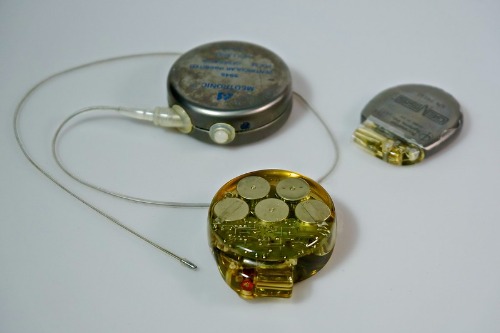
The first wearable pacemaker was developed in 1957 by Earl Bakken, a self-taught engineer from Minnesota. He created it in his garage after a local hospital asked for a backup power source for heart patients. His battery-powered device saved lives and launched the medical device company Medtronic. It was a game-changer in cardiac care.
Despite the impact, Bakken’s name isn’t widely known. His invention helped millions live longer, healthier lives. Yet he remains a quiet figure in medical history. His story is a reminder that life-saving innovation doesn’t always come with fame.
8. The Supermarket

The concept of the modern self-service supermarket was pioneered by Clarence Saunders, who opened the first Piggly Wiggly in 1916. Before that, customers handed a list to a clerk who fetched the items. Saunders’ idea let shoppers browse and pick their own goods, revolutionizing retail. It also introduced price tags and checkout lanes.
Today, supermarkets are a global norm—but Saunders’ name is rarely mentioned. His model shaped how we shop, budget, and eat. Yet he’s largely forgotten outside retail history circles. His innovation changed daily life in ways we now take for granted.
9. The Personal Computer
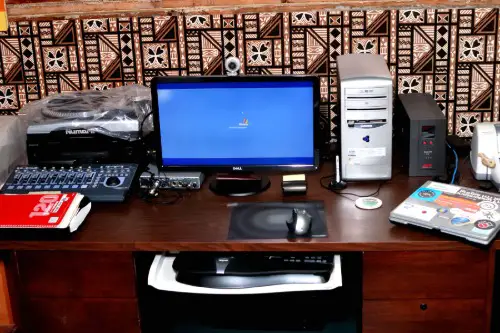
While Steve Jobs and Bill Gates get most of the credit, the first true personal computer was the Altair 8800, released in 1975 by Ed Roberts. It was a kit computer sold through Popular Electronics magazine. Though primitive by today’s standards, it inspired Gates and Paul Allen to create Microsoft. It was the spark that lit the PC revolution.
Roberts’ name is often left out of tech history. But without the Altair, the personal computing boom might’ve looked very different. He helped democratize computing before it was cool. And he deserves a place in the digital hall of fame.
10. The Internet (Sort Of)
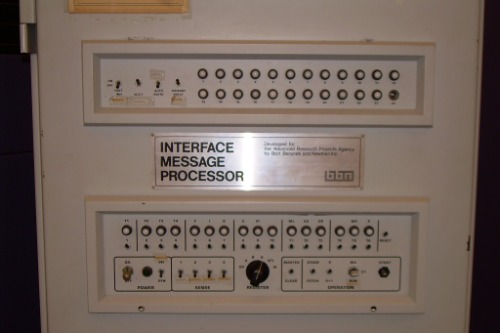
The foundations of the internet were laid by Leonard Kleinrock, who developed packet-switching theory in the 1960s. His work enabled the first message ever sent over ARPANET, the precursor to the internet. That message? Just “LO”—the system crashed before they could type “LOGIN.”
While many contributed to the internet’s creation, Kleinrock’s role is often overlooked. His work made modern communication possible. Yet he’s rarely mentioned outside academic circles. The internet changed everything—but its architects remain in the shadows.
11. The Microwave Oven

The microwave oven was invented by accident in 1945 by Percy Spencer, an engineer working for Raytheon. He noticed a candy bar melted in his pocket while standing near a magnetron. That led to the first microwave oven, which was initially the size of a fridge. It took decades to become a kitchen staple.
Spencer’s name is barely known today, even though his invention reshaped how we cook. From popcorn to leftovers, the microwave is a daily essential. But the man behind it rarely gets credit. His accidental genius deserves more spotlight.
12. The Zipper
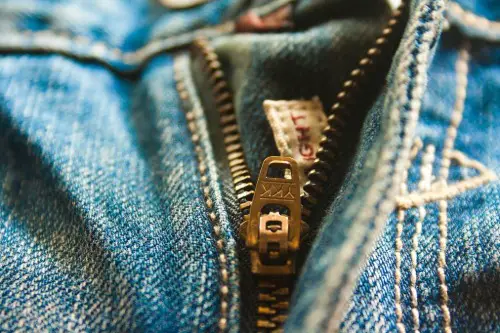
The modern zipper was perfected by Gideon Sundback, a Swedish-American engineer, in 1913. He improved earlier designs and created the interlocking teeth system we still use today. Originally called the “separable fastener,” it was first used on boots and tobacco pouches. It didn’t catch on in fashion until the 1930s.
Today, zippers are everywhere—but Sundback’s name is mostly forgotten. His invention is one of the most practical, invisible parts of daily life. And yet, few people know who made it work. It’s a quiet legacy that literally holds us together.
This post 12 American Inventions That Changed the World—But No One Remembers Who Made Them was first published on American Charm.


